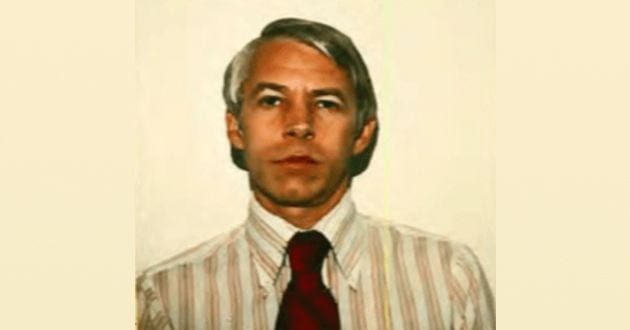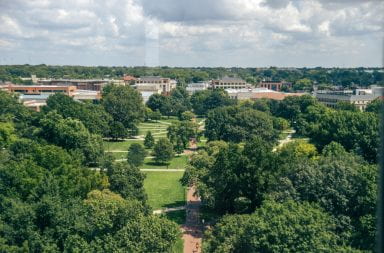Solar cells developed by a group of scientists, including some from Ohio State, may one day help power a manned mission to Mars.
The cells will be attached to the outside of the International Space Station as part of NASA’s Materials International Space Station Experiment. Currently the cells are being housed in the space shuttle Discovery, where they are waiting for a late July launch.
Steven Ringel, professor of electrical engineering, led the project at OSU. He worked with scientists from the Massachusetts Institute of Technology (MIT) and NASA’s Glenn Research Center on the project.
Tests of the cells have shown that they can withstand some elements of space travel, Ringel said. However, it is impossible to test all the conditions simultaneously.
Temperatures in space can vary from 50 degrees Celsius (122 degrees Fahrenheit) in the shade to 80 degrees Celsius (176 degrees Fahrenheit) in sunlight, Ringel said. Additionally, the solar cells will be bombarded with radiation, particles of dust and pieces of old shuttles and atomic oxygen – a form of oxygen that is highly reactive and corrodes many spacecraft components.
Scientists will continuously receive updates regarding the solar cells’ functioning while they are on the space station, Ringel said. After the experiment is over, the cells will be returned to the scientists in about a year for further study.
Earlier this year, Ringel formed a company with Gene Fitzgerald, a professor from MIT who helped develop the cell, called 4Power LLC. Testing in space is necessary before NASA would be willing to buy solar cells, Fitzgerald said.
The current construction of the cells, which is still in the research stage, takes several weeks and is spread among several locations, Fitzgerald said.
Ringel said, if the tests go well, there is a strong chance he and Fitzgerald will sell many of the cells, because it costs about $10,000 per pound to launch a space shuttle, so anything that lightens the load while still performing is valuable.
“In the space community, there is a great desire to develop more efficient solar energy converters,” Ringel said.
The team of scientists made the light-weight, efficient solar cell by mounting gallium arsenide, a compound that efficiently captures solar energy, on silicon, a strong and light weight compound. Previous solar cells have had to sacrifice low weight for efficiency, or vice versa, Ringel said.
Previous efforts to combine gallium arsenide have failed because of defects created during the construction of the cells, Fitzgerald said. The team has developed a silicon-germanium alloy that allows them to slow down the process and minimize defects.
The solar cells began their lives at MIT, where the alloy was added to silicon wafers, Fitzgerald said. From there, they came to OSU, where Ringel and his team added gallium arsenide.
The process was slow, Ringel said.
“We literally build these things atom by atom,” Ringel said.
From there, the cells went to the Glenn Research Center, where a final layer of gallium arsenide was added to ensure they would capture the maximum amount of energy.
Ringel and Fitzgerald’s solar cells will be one of many experiments attached to the outside of the space shuttle, said Bill Kinard, project scientist for Material International Space Station Experiment (MISSE).
The program follows in the footsteps of the earlier Long Duration Exposure Facility, Kinard said. The facility exposed about 15,000 different materials to the outerspace environment.
Each experiment will be brought aboard the shuttle in a small case, similar to a brief case, Kinard said. The cases will be opened with the test materials attached to the inside and secured to the shuttle.
This project is part of President Bush’s space agenda, which includes more missions to the moon and eventually a manned mission to Mars.
“I think (this project) is extremely important …. as we move in to long-term missions, specifically manned missions, we need to know these things will work,” Kinard said.


